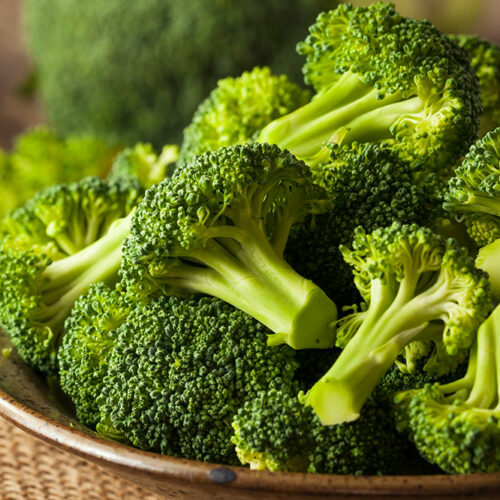Jeep Grand Cherokee its amazing heritage

The Jeep Grand Cherokee was designed in 1983 as the successor to the highly successful Jeep Cherokee. The Jeep Cherokee was much smaller in size in comparison to vehicles in the same category. However, the Jeep Grand Cherokee not only is bigger but also is replete with a host of newer features. Read on to know the fascinating specifics that the Jeep Grand Cherokee offers and its fascinating history. Knowing this you will be tempted to visit every Jeep Grand Cherokee sale in the neighborhood. History The American Motors Corporation, one of the foremost automobile manufacturing companies, developed the Jeep Grand Cherokee in 1985. With the birth of the Jeep Grand Cherokee, the company also put together a process that came to be known as product life cycle management. This process was devised in order to help the smallest of automakers in the country to increase their speed production. In this process, engineers were supported by software running on advanced computer systems. The process gained popularity over the years and caught the attention of Chrysler, a leading automobile manufacturing company. Chrysler offered to buy American Motors Corporation, which the latter accepted, and that marked the expansion of the system. The Jeep Grand Cherokee made its debut in 1992 and since then its popularity has seen a steady upwards ascent.






